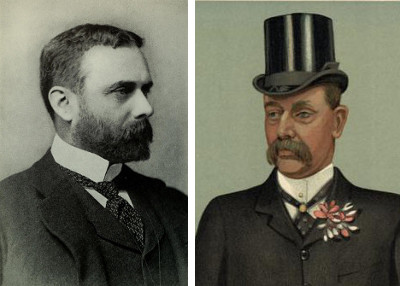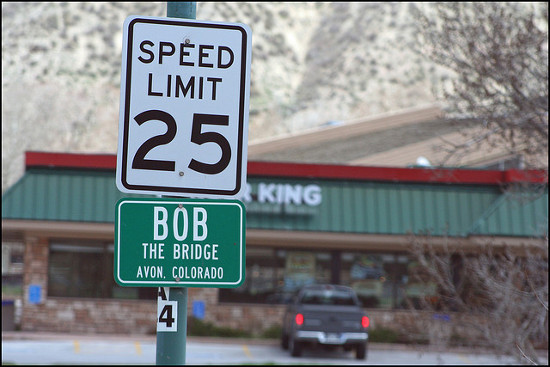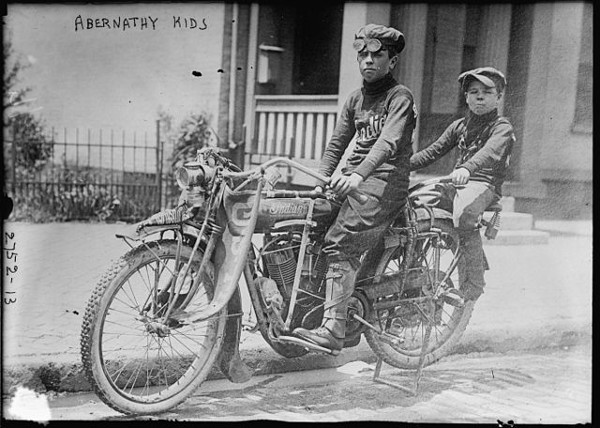
In May 1905 British MP Sir Gilbert Parker insisted that he had seen the astral body of Sir Crane Rasch in the House of Commons while Rasch was ill at home.
Sir Arthur Hayter supported him: “I beg to say that I not only saw Sir Carne Rasch myself sitting below the gangway but I called him to the attention of Sir Henry Campbell-Bannerman, with whom I was talking on the front opposition bench, saying I wondered why all the papers had inserted notices of Sir Carne’s illness while he was sitting opposite, apparently quite well. Sir Henry replied that he hoped his illness was not catching.”
Rasch declared later that he had never left his room.
“It seems that this is not the first instance of the sort that has occurred in the House,” noted the New York Sun. “In 1897 Mr. O’Connor, an Irish member, went to Ireland to be present at the deathbed of one of his parents. Swift McNeill saw his wraith in his usual seat on the third opposition bench. It was also seen from the press gallery.”







